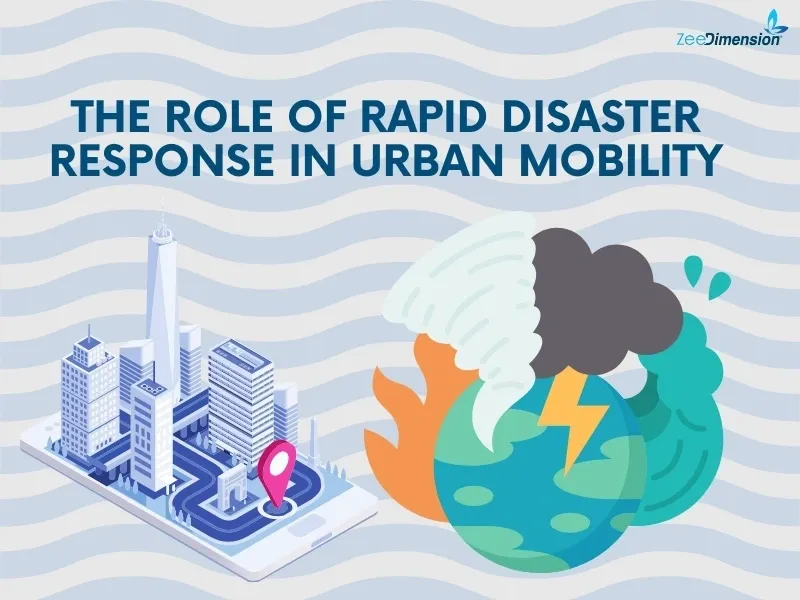
Introduction
Why Rapid Disaster Response Matters
In times of crisis, urban centers encounter significant challenges that demand swift action. Disruptions to mobility can cause gridlocks, compromise safety, and delay recovery efforts. Discover how technologies are transforming urban crisis management. A prompt and efficient response is crucial to safeguarding public safety and ensuring a quicker return to normalcy
Key Challenges During Urban Disasters
Urban disasters create numerous challenges, including damaged infrastructure like roads and bridges, traffic gridlocks caused by emergency evacuations, communication failures that delay updates, and safety hazards that make areas hard to access.
Technology to the Rescue
Technology is revolutionizing urban mobility during crises by enhancing response efficiency. Tools like D4H improve emergency coordination, drones provide real-time traffic and damage updates, IoT sensors deliver critical infrastructure data, and AI helps predict and manage mobility challenges effectively.
Spotlight on D4H: Empowering Crisis Management Teams
D4H revolutionizes crisis management by offering real-time data visualization for informed decision-making, predictive modeling to anticipate impacts, efficient resource allocation, and centralized coordination that ensures faster, more aligned responses during emergencies.
Drones in Action
Drones Revolutionizing Urban Crisis Management
-
Assess blocked routes and alternative pathways.
-
Deliver essential supplies to inaccessible areas.
-
Provide live visual feedback to emergency teams.
IoT and AI Powering Resilience
IoT sensors play a crucial role in enhancing resilience by monitoring road safety, structural integrity, and traffic flows. Meanwhile, AI tools help by automating real-time warnings, optimizing traffic routes, and predicting congestion patterns, ultimately improving efficiency and reducing risks in urban environments.
Collaborative Efforts Are Key
Collaboration is important for overcoming challenges. Governments need to invest in strong systems, technology providers should build useful tools, and the public must learn emergency protocols. Working together helps create a stronger and safer society.
Building Resilient Cities
Building resilient cities means preparing for challenges that come with growth. Effective crisis management is crucial, and tools like D4H help cities respond quickly and smartly. With the right approach, cities can protect people, reduce damage, and keep transportation moving even during tough times.
Call to Action
How Ready Is Your City for the Next Crisis?
It’s time to take action and build cities that can handle whatever comes their way. Let’s start the conversation below—how do you think technology can improve disaster response and ensure our cities stay connected and functional during tough times?







